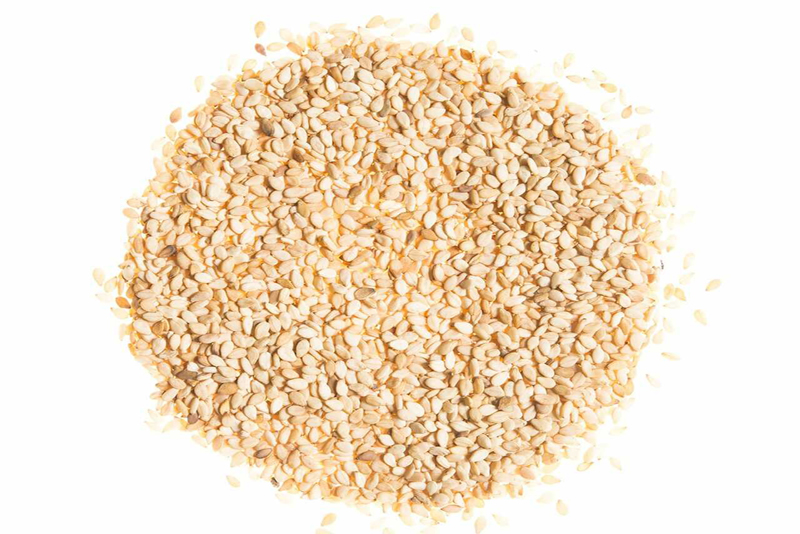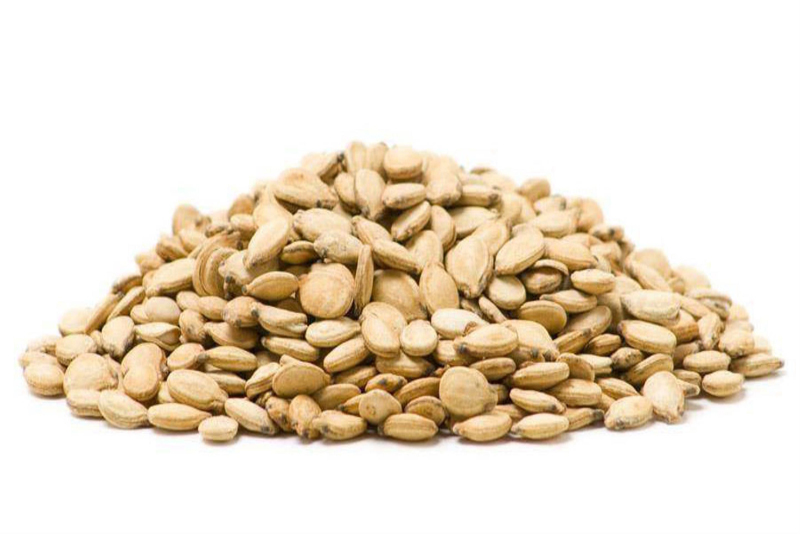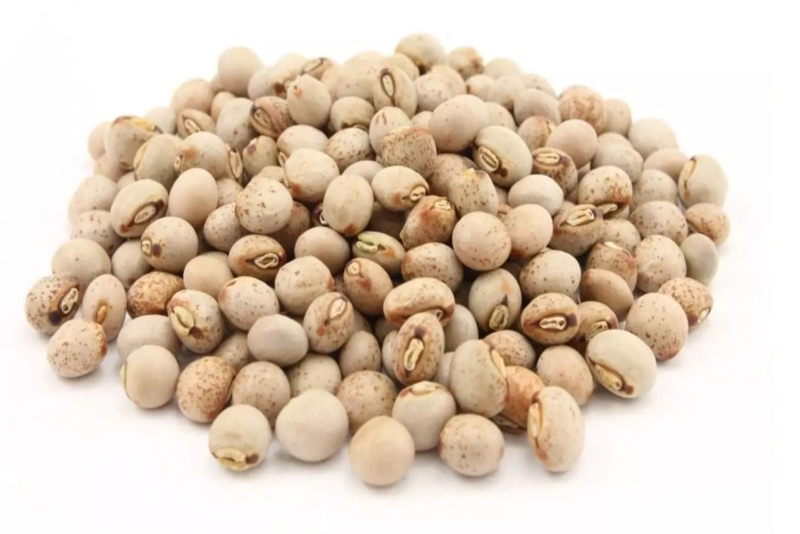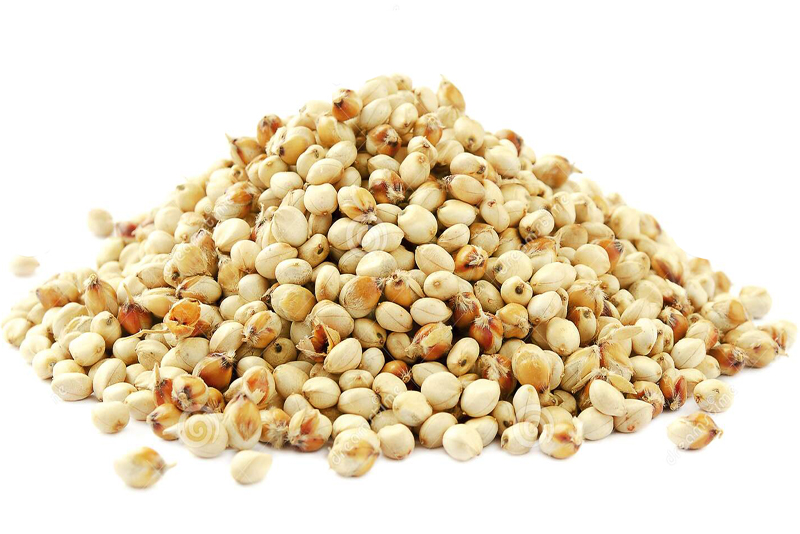
Sesame Seeds
Crunchy, slightly sweet and aroma inducing sesame seeds are primarily oilseeds native to Asia, Africa, and South America. They come in different colours such as white, black, and red depending on the variety. The seeds are rich in protein, vitamins, minerals and are used as a condiment in multiple cuisines. The seeds are also used as an ingredient in soap, cosmetics, lubricants, and medicines.
- White seeds – Used mostly for bakery sweets other savoury food applications
- Red seeds – Used mainly to extract oil





